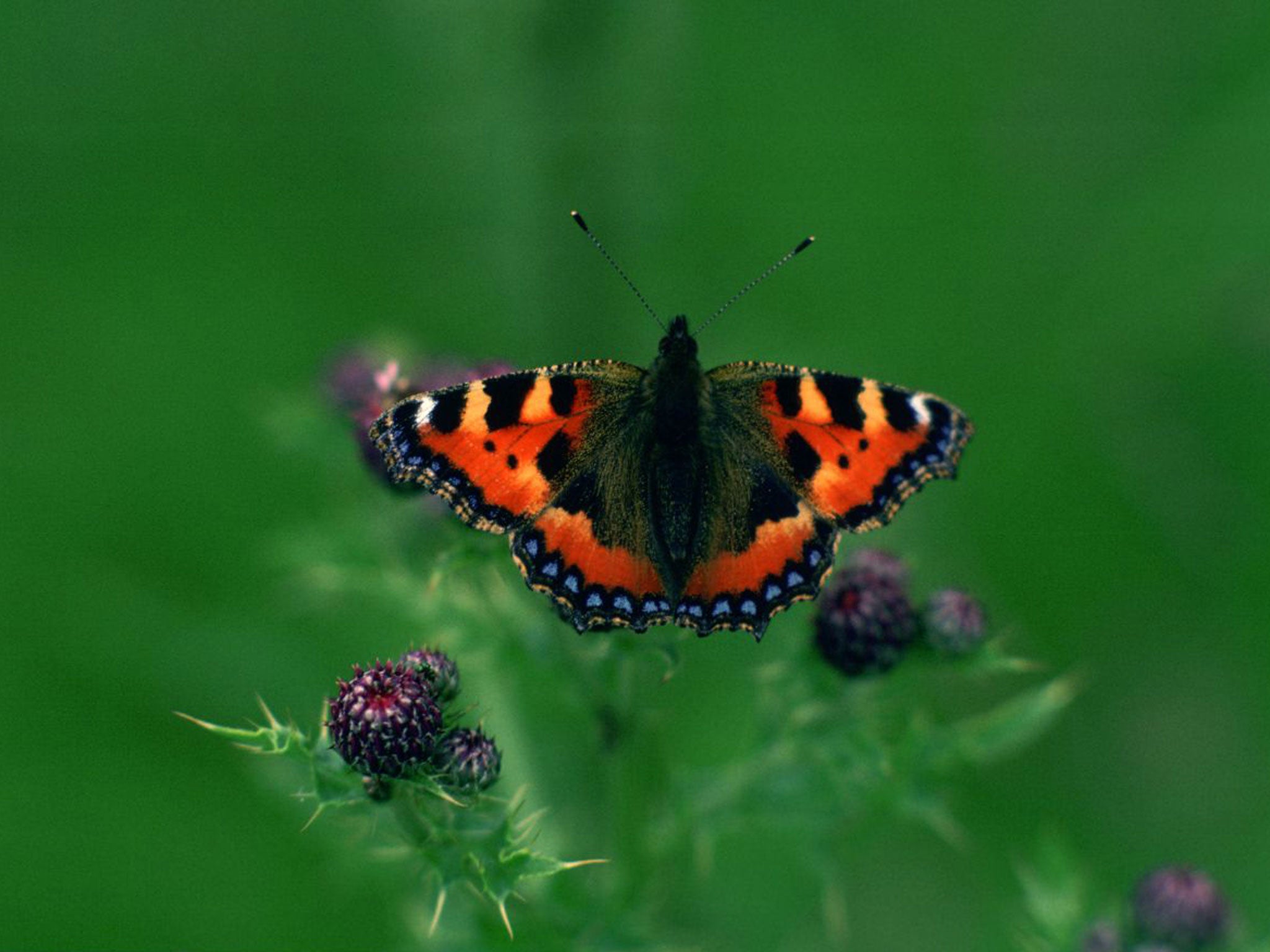Nature Studies: Forget the royal baby – July’s real star was the humble butterfly
The blazing sunshine of July’s first three weeks was a godsend for lepidoptera

We shape history according to our own view of the world. And while, for many people in Britain, the month which ended yesterday may be remembered for a royal baby, for others, including me, July 2013 will go down as the best butterfly month for years and years.
It’s been a long time coming. The six successive cold, wet summers we endured before this year got progressively colder and wetter, until 2012 was the worst ever, to be followed by the chilliest spring in half a century – all of which meant that as this summer began, Britain’s butterflies were at their lowest recorded ebb.
Yet what a difference a heatwave makes. The blazing sunshine of July’s first three weeks was a godsend for lepidoptera, providing perfect conditions for flying, mating and egg-laying. Then the rain of the final week did away with the danger of the heatwave becoming a drought – which was what happened in 1976, when a brilliant butterfly summer produced a population crash the following year, as caterpillars’ food plants shrivelled and died in heat which lasted from June to September.
But the month just gone, according to Martin Warren, head of the charity Butterfly Conservation, has been “near perfect” for many British species, and it means 2013 will probably be the best butterfly year for a very long time. Rarities such as the high brown and heath fritillaries, two of our most endangered insects, have done exceptionally well, and one of the most pleasing developments has been the revival in fortunes of the small tortoiseshell.
I grew up with tortoiseshells being brilliant to look at, and common as muck, as if nature were showing its fantastically generous side, saying, here you are, people, cop this lot. Rare was the suburban garden without those dazzling wings of orange and yellow and black, bordered with a row of tiny crescents of sky blue. Yet over the past decade, small tortoiseshells have gone into severe decline and vanished from many places, probably because of a tiny parasite which has newly affected them.
This year they have bounced back spectacularly (maybe because the record cold spring killed off many of the parasites}: on a nettle bed in Dorset, Martin Warren saw a tortoiseshell cloud of between 200 and 300 individuals. “I haven’t seen that sort of numbers for between 10 and 20 years,” he said.
My own experiences have been similar. On Martin Down on the Hampshire-Dorset border, I witnessed the grassland sparkling with dark green fritillaries and marbled whites, and in Bentley Wood near Salisbury the rides were alive with large and small skippers, ringlets, meadow browns, silver-washed fritillaries and white admirals, while the top of a solitary elm tree in a clearing was swarming with white-letter hairstreaks.
The only thing missing in Bentley Wood was a purple emperor, the supreme prize, which I and three butterfly-fancying friends had gone there to seek. We were not alone: when we arrived at 9.30, the car park was already full, and overflowed throughout the morning as more lepidoptera-lovers piled in. Some of them saw His Majesty, resplendent in his purple robes, but we drew a blank despite three hours’ searching.
Never mind. This week I’ve been in southern Normandy, staying in a farmhouse whose garden contains buddleia bushes, those infallible butterfly-bringers. The buddleias are crawling with painted ladies, peacocks and red admirals, with the odd comma and brimstone and clouded yellow, plus a hummingbird hawk moth for good measure, and sometimes the painted ladies in particular flit around my head and land on me as if I were in one of those tropical butterfly houses that children find so charming.
Can you mix metaphors, and have a butterfly cup? If you can, mine runneth over.
l If you’ve been enjoying this butterfly summer yourself, you might like to take part in Butterfly Conservation’s Big Butterfly Count, which will give a statistical basis to the recovery in numbers. All you do is count all the butterflies you see over 15 minutes in a given place. It continues till 10 August and details are available at www.bigbutterflycount.org
Subscribe to Independent Premium to bookmark this article
Want to bookmark your favourite articles and stories to read or reference later? Start your Independent Premium subscription today.

Join our commenting forum
Join thought-provoking conversations, follow other Independent readers and see their replies